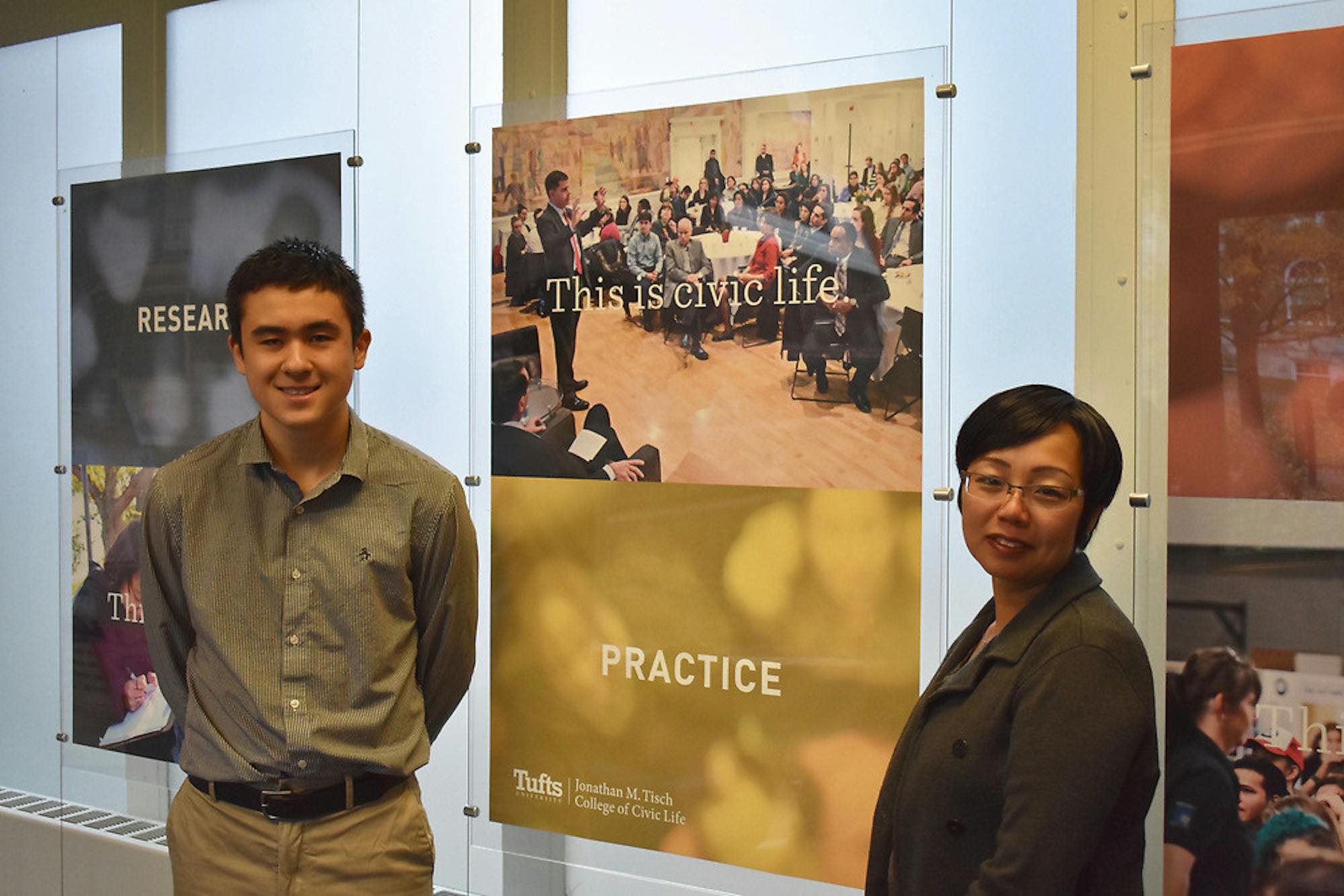The Center for Information & Research on Civic Learning and Engagement (CIRCLE) at the Jonathan M. Tisch College of Civic Life released data earlier this month of voter turnout pertaining to 17 battleground states in the 2018 midterm election. CIRCLE research focuses on youth voter turnout of ages 18 to 29, and their findings reveal that all 17 states show an overall positive trend of youth voter participation in the 2018 midterm election.
These April 2 findings follow similar data that was released in November 2018, and confirm greater participation. According to the CIRCLE website, youth voter participation increased in all 17 states included in the study. Their data also reveals an increase in voter participation in 17 other states, all states for which they have data.
According to Reynol Junco, senior researcher for CIRCLE, the November 2018 data is an estimation calculated using data in a voting file. The April data is from the final results.
Junco focuses his research on the various aspects of youth civic engagement in a quantitative context, according to the Tisch College website.
Junco attributed numerous variables to this rise in civic engagement, the first of which includes the shift in youth culture. According to Tisch College communications specialist Alberto Medina, civic engagement has become “trendy." Medina also attributed higher youth turnout to popular social media platforms like Snapchat and Instagram, which ran campaigns encouraging young people to register to vote, and Lyft, which discounted rides to voting locations on election day.
CIRCLE Director of Impact Abby Kiesa thinks that the increase in youth turnout goes beyond social media and current trends.
"[There are] youth people working on the ground and mobilizing other young people which, regardless of ideology or partisanship, creates a culture of engagement,” Kiesa said.
Kiesa maintained that the results are in the data.
“Data is reinforcing that when you support young people over a long period of time, you can see results of that in engagement," she said.
According to Kiesa, infrastructure is also adapting. She explained that past infrastructure was not set up to encourage young people to vote, but that is changing. According to the CIRCLE website, states like Maine allow 17-year-olds to preregister to vote.
“[It] is really promising how many states are embracing preregistration ... [and] embracing the culture of engagement,” Kiesa said.
Political outreach by parties also saw a shift in the 2018 midterm, according to Tisch College's Director of Communications, Strategy & Planning Jennifer McAndrew.
“Democrats have been specifically targeting young women, especially women of color, [while] the Republican party has actually seen a decrease in political outreach,” McAndrew said.
Young people having a larger presence within the media also contributes to greater civic participation, according to McAndrew. McAndrew pointed to specific events like the Parkland shooting tragedy, which allowed students to raise awareness for a youth presence in media and politics.
Kiesa agreed, stating that Parkland youth took lead of the gun control conversation and effectively increased visibility for the grassroots gun-control movement.
By taking a leading role in political discourse, American youth are subverting the stereotype of indifference towards politics, according to Medina. In effect, involving young people and creating a space for visibility and conversation can produce a snowball effect that gets more youth to participate, Medina said.
In reflection of changes to infrastructure that contributes to increased youth involvement, Medina highlighted the role of media and organization.
“Organization provides structure and media did the work of putting kids front and center by giving the loudspeaker to share their voices," he said.
McAndrew said that, despite the increases in youth voter participation seen in CIRCLE's data, it is not possible to tell if the participation pattern will continue into the 2020 election.
CIRCLE study shows record youth voter turnout for 2018 midterm

CIRCLE Research Staff Kei Kawashima-Ginsberg and Kristian Lundberg pose for a portrait in the Jonathan M. Tisch College of Civic Life on Nov. 13, 2018.





